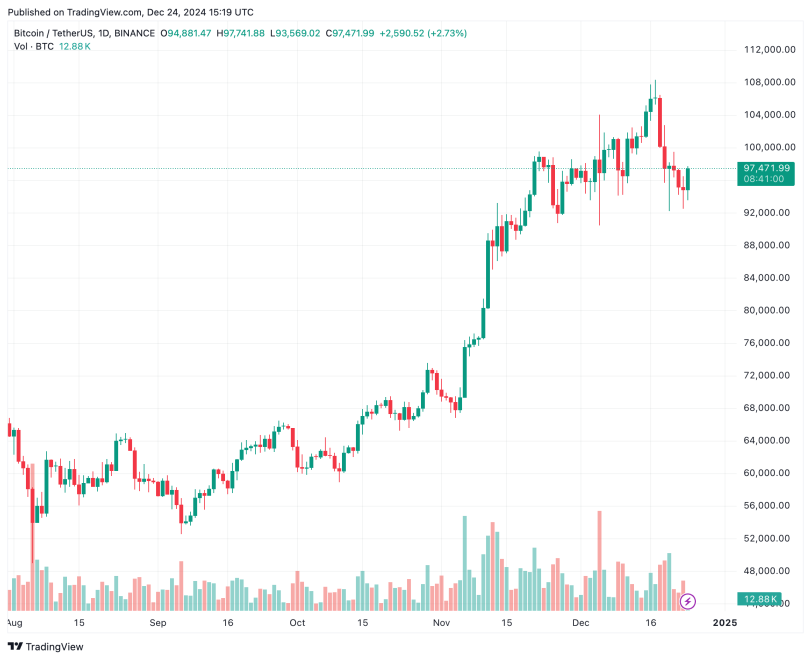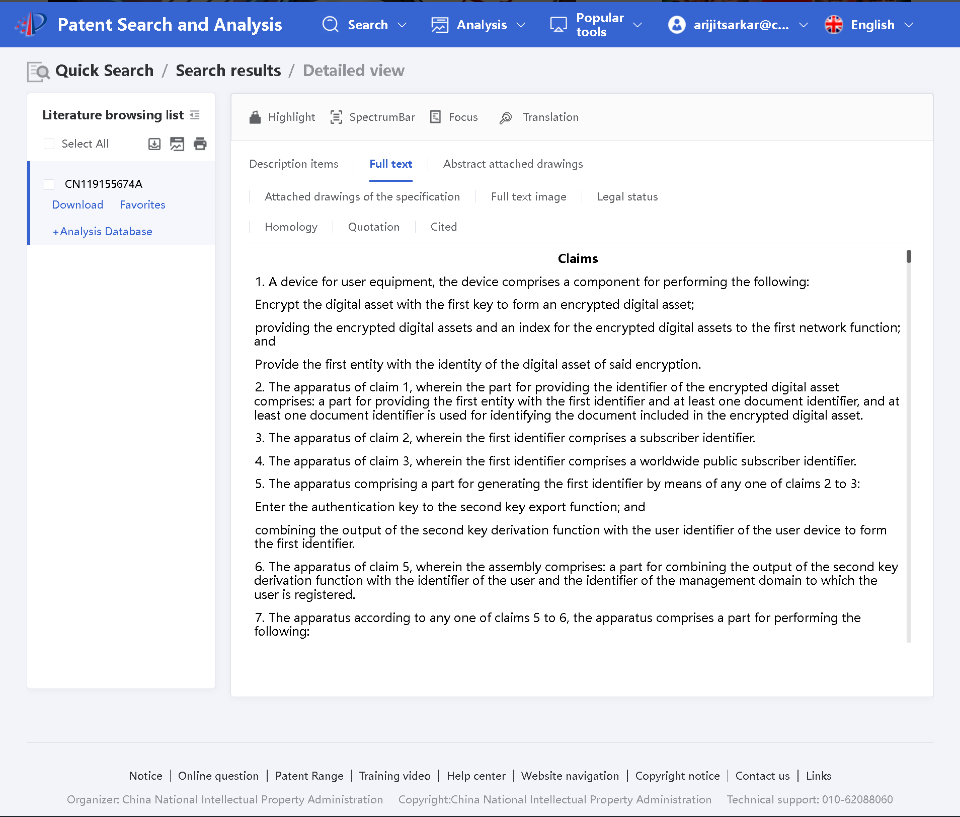In the last article, I broke down what a spacechain is and how they work, but didn't go into any of the things you can do with them. Ultimately, the lack of a two-way peg mechanism severely limits the functionality it can provide to Bitcoin users.
A One-Way Trip
The original idea of a sidechain was to have a two-way mechanism where bitcoin can be transported to entirely new blockchains, that can have any arbitrary functionality or features that users want to take advantage of, and then move them back. The idea was to allow for experimentation in features that is currently done by altcoins to occur with Bitcoin itself without having to alter or present risks to the main Bitcoin blockchain, but still allow users to utilize the Bitcoin token and not have to speculate on completely independent tokens to gain access to new functionality.
Economically, the thinking was that bitcoin on any sidechain would never significantly deviate from the price of bitcoin on the main chain, the reason being due to arbitrage trading. If a sidechain bitcoin ever became worth more than bitcoin on the main chain, you could simply transfer your coins to the sidechain, sell them for a profit, and repurchase bitcoin on the main chain. The same is true in the opposite direction. It's essentially free money for anyone to capture, and so if such deviations occurred traders would quickly bring the price back in line.
The logic of a one-way peg is not so dissimilar, but only functions in one direction. In a spacechain, with a peg moving in one direction, you can burn your bitcoin on the main chain to claim a token on the sidechain, but you can never transport that back to the main chain. It's a one-way trip, and irreversible. This still creates a kind of arbitrage opportunity. The spacechain token can drop below the value of bitcoin if the demand for whatever utility is provided on the sidechain drops, but the token can never exceed the value of bitcoin in the long run.
If you have a need for whatever features the spacechain provides, and the value is less for the spacechain token than bitcoin, the rational thing to do is simply buy the token on the market and use it. Why would you take bitcoin and send it through the one-way peg to receive less value on the other end? Conversely, if the token is worth more than a bitcoin, the rational thing to do is simply send bitcoin through the peg. Why would you spend more money buying the token on the market when you could effectively "buy it" for less than market rate by pegging in your bitcoin?
This creates an arbitrage dynamic where whenever the price of a spacechain token exceeds that of bitcoin, someone can peg bitcoin into the sidechain, sell it for more, and buy back bitcoin on the main chain. Eventually this will drive the token price back down in line with bitcoin.
A Features Sandbox?
This makes spacechains a perfect place to implement features that, for one reason or another, will not make it into the main Bitcoin protocol. I would, however, not call it a suitable place for experimentation, given that the peg mechanism is one way. If some feature that was being considered for main chain deployment was done with a spacechain and you burned bitcoin to peg into it, that feature being deployed to the main chain would effectively render your spacechain tokens worthless. There would be no way to return them to the mainchain, and likely no market buyers for them, given the feature was now available for use on the main chain.
However, something not likely to ever be deployed on the main chain, like Confidential Transactions (due to the risk of inflation bugs being undetectable) would be a logical feature set to deploy in a spacechain. Likewise, more complicated or Turing-complete smart contract languages that would never be accepted in the main Bitcoin protocol due to complexity or security risks would also be something that would make sense on a spacechain.
DNS Tokens
One of my favorite ideas of something that could be done with a spacechain is facilitation of a Domain Name System (DNS) token, like Namecoin. Almost all of the internet you regularly interact with requires using the Domain Name System. Any website address you type into a browser pings a DNS server, checks the entry, finds the appropriate IP address and then connects to that server to retrieve the webpage. The entire system is centralized, domains can be seized and taken away, and you cannot even register one directly without intermediaries without providing your full legal identity. Putting such a system on a blockchain where anyone can register and own a domain name, deciding where to point it, without any centralized entity in control or able to stop you from doing so, would be a very valuable utility. Spacechains could accomplish this without the need for a new token, simply burning bitcoin to run the system.
But one-way pegged bitcoin tokens taking advantage of special features are not the only thing that can be done with spacechains.
Trusted Tokens
There are many types of assets that can be issued on a blockchain that are ultimately centralized assets regardless of how decentralized any blockchain they are issued on is. Stablecoins, equities, bonds, anything with an issuer that is either controlling backing collateral or a legal claim to centralized rights or dividends owed to the holder of the asset.
Spacechains would be a very fitting system to build such assets on. It provides a mechanism for transferring them with a much more open access model to facilitating transactions. Federated systems like Liquid ultimately have trusted parties in control of minting blocks for the sidechain, and although Liquid utilizies Confidential Transactions to obscure the amounts and assets being transferred, a critical mass of the federation can stop producing blocks and bring the system to a halt to prevent transactions.
A spacechain, however, cannot be subject to such conditions, given that the mining of blocks is open access to anyone willing to pay a high enough Bitcoin transaction fee for miners to mine their sidechain block, there is no ability for a federated group to halt the progression of the spacechain altogether like a federated sidechain. In combination with technologies like Confidential Transactions, it could improve even more the Liquid model of "the operators can censor but can't see what to censor." The "operators" are literally anyone who wants to pay a Bitcoin transaction fee, so no one can stop the blockchain if someone else is willing to pay.
One other benefit is atomicity. It's not possible without altering the main Bitcoin protocol in a way that is effectively a block size increase to make the Bitcoin chain "aware" of what is happening on a spacechain, but a spacechain can implement as a consensus rule the requirement to also validate main chain Bitcoin blocks. This allows atomic swaps to occur cross chain with the guarantee that something cannot be valid on the spacechain without a transaction also occurring on the mainchain. I.e., the transfer of a stablecoin is only valid if a pre-defined Bitcoin transaction is also mined at the same time, to facilitate a bitcoin sale. This would provide much stronger atomicity guarantees than a conventional cross chain atomic swap.
Two-Way Federated Peg
Everything up until now has been discussing one-way pegs. Spacechains are at the core built around this mechanism because a truly trustless two-way peg cannot be done without altering the core Bitcoin protocol itself to specifically facilitate it. This would require new consensus changes beyond what is needed to implement the spacechain itself. You can, however, still implement a two-way peg using a trusted federation just like Liquid or Rootstock does.
This comes with two major advantages over Liquid as a federated system. Firstly, as mentioned above, the federation is no longer in control of the process of mining blocks for the sidechain. They can participate, and in doing so earn transaction fees on the sidechain, but they do not have exclusive monopoly over this role anymore. Any entity or individual who chooses to pay the required main chain transaction fee to get their block mined by miners can participate in moving the chain forward in exchange for the transaction fees in the sidechain block. Secondly, the awareness of the mainchain that is possible with a spacechain offers the potential to drastically improve the process of pegging out of the sidechain.
Currently, it is possible in theory, although physical hardware security modules act as a layer of defense against this, for a person pegging out of a federated sidechain to have their funds seized. There is a delay between initiating the exit on the sidechain, and funds actually being sent to the user on the mainchain. Nothing except secure hardware prevents the federation from simply refusing to actually process the withdrawal on the mainchain.
With a federated peg on a spacechain however, every peg out could actually be conducted as an atomic swap. The system could be designed in a way where if a user conducts a transaction on the sidechain to peg their coins out, that transaction is actually invalid by consensus unless a specific transaction sending coins on the mainchain to that user is mined at the same time. If it is not, the coins can be returned to the user on the sidechain, and because the federation that denied their peg out has no monopoly over the production of sidechain blocks, they cannot prevent the user from moving their funds on the sidechain and finding another way to dispose of or remove them from that sidechain.
This would be a strict improvement of the security model of federated pegs for sidechains, and provide a mechanism to actually have a two-way peg function on a spacechain.
Spacechains can provide a large range of utility to users of Bitcoin, or even potentially people who do not use Bitcoin at all. They are possible to deploy in a somewhat trusted manner now, and if either CHECKTEMPLATEVERIFY or ANYPREVOUT are deployed on Bitcoin in the future, can be deployed in a trustless manner. One way or another, they are something that is possible to build on Bitcoin without requiring a specific change made to Bitcoin for the sole purpose of enabling spacechains.
So, whether you think there is valuable utility to be had here, or don't, if people want to deploy them, it is likely going to happen eventually.
This is a guest post by Shinobi. Opinions expressed are entirely their own and do not necessarily reflect those of BTC Inc or Bitcoin Magazine.

You can get bonuses upto $100 FREE BONUS when you:
💰 Install these recommended apps:
💲 SocialGood - 100% Crypto Back on Everyday Shopping
💲 xPortal - The DeFi For The Next Billion
💲 CryptoTab Browser - Lightweight, fast, and ready to mine!
💰 Register on these recommended exchanges:
🟡 Binance🟡 Bitfinex🟡 Bitmart🟡 Bittrex🟡 Bitget
🟡 CoinEx🟡 Crypto.com🟡 Gate.io🟡 Huobi🟡 Kucoin.




















Comments